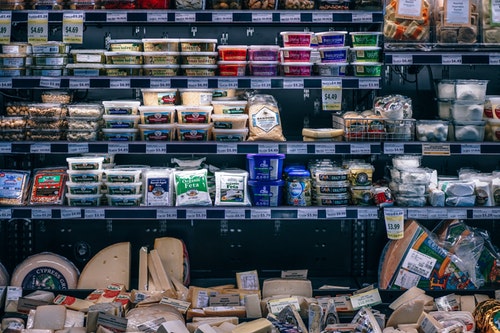
Protect & Extend Unit Pricing

Politicians often make grandiose claims as to how they can contain cost of living pressures, but petrol, electricity and grocery prices usually defy their best efforts.
Yet, the one policy which has demonstrably saved ordinary consumers millions of dollars languishes largely unloved by the pollies’.
It’s called unit pricing and we have the efforts of one retired economist to thank…not only for pushing its introduction but also for trying to keep it fit-for-purpose and up-to-date.
That man is the tireless consumer advocate Ian Jarratt, aged 74, from the voluntary Queensland Consumers Association. He is now facing a new battle to improve unit pricing.
There’s a fair chance you use unit pricing in supermarkets to outsmart package sizes which may bear little relation to their contents.
But to many people, especially those who need it most such as the elderly, the less well-off and marginalised groups, don’t get the benefits as they don’t know it exists or find it too difficult to use.
Unit pricing, usually in smaller font at the bottom of shelf labels, shows at its most basic how much a packaged product costs per kilo or per litre.
This allows you to compare the unit prices to see where the best value lies across different package sizes, different brands and even different outlets.
Research by Choice and the Queensland University of Technology suggests a family of four could save around $1650 a year using the often-overlooked tool.
It’s an 18% saving on their annual grocery bill and as we collectively spend $100 billion a year on groceries that’s a potential saving well north of $10 billion.
We are used to buying unpackaged fruit and vegies by per kilo prices but with biscuits, chips, cereals etc where the size of packages may have scant relation to the weight of the contents it really helps.
UP (unit pricing) as it’s known gives the shopper the ability to see through various packaged products with inconsistent and varied weights and volumes to discover the real cost of its contents.
Ian won a Winston Churchill Trust scholarship in 2006 to travel the world and bring back best practice to these shores where we had no consistent, regulated or effective system.
In 2009, thanks to his concerted lobbying UP became compulsory for larger supermarkets. The rest should be history but there are problems.
The main one is some unit prices are too difficult to read and there is no regulation as to font size.
ALDI was an early adopter of the system but is now in hot water for dropping the UP print size to, in their words, ‘de-clutter’ shelf labels.
Ian say, “There are several major problems with how supermarkets now provide unit prices, for example, using small and non-bold print so that many unit prices are very difficult to notice and read, even for shoppers with good eyesight.
“Other major problems include non-provision and use of inappropriate or inconsistent units of measure. These problems are greatly reducing the benefits obtained from grocery unit pricing.”
The good news is there is a ten-year review by the Treasury of the system to see what needs to change: such as the minimum size of store and the possible inclusion of hardware, pharmacy and other types of store.
The online survey is open until February 28.
Please spend a few minutes throwing in your ‘two bobs worth’ for UP on the survey.
If you use it, the savings might amount to thousands of dollars, so you owe it to others to help bolster the system. If you don’t use it, get wise now and start.


